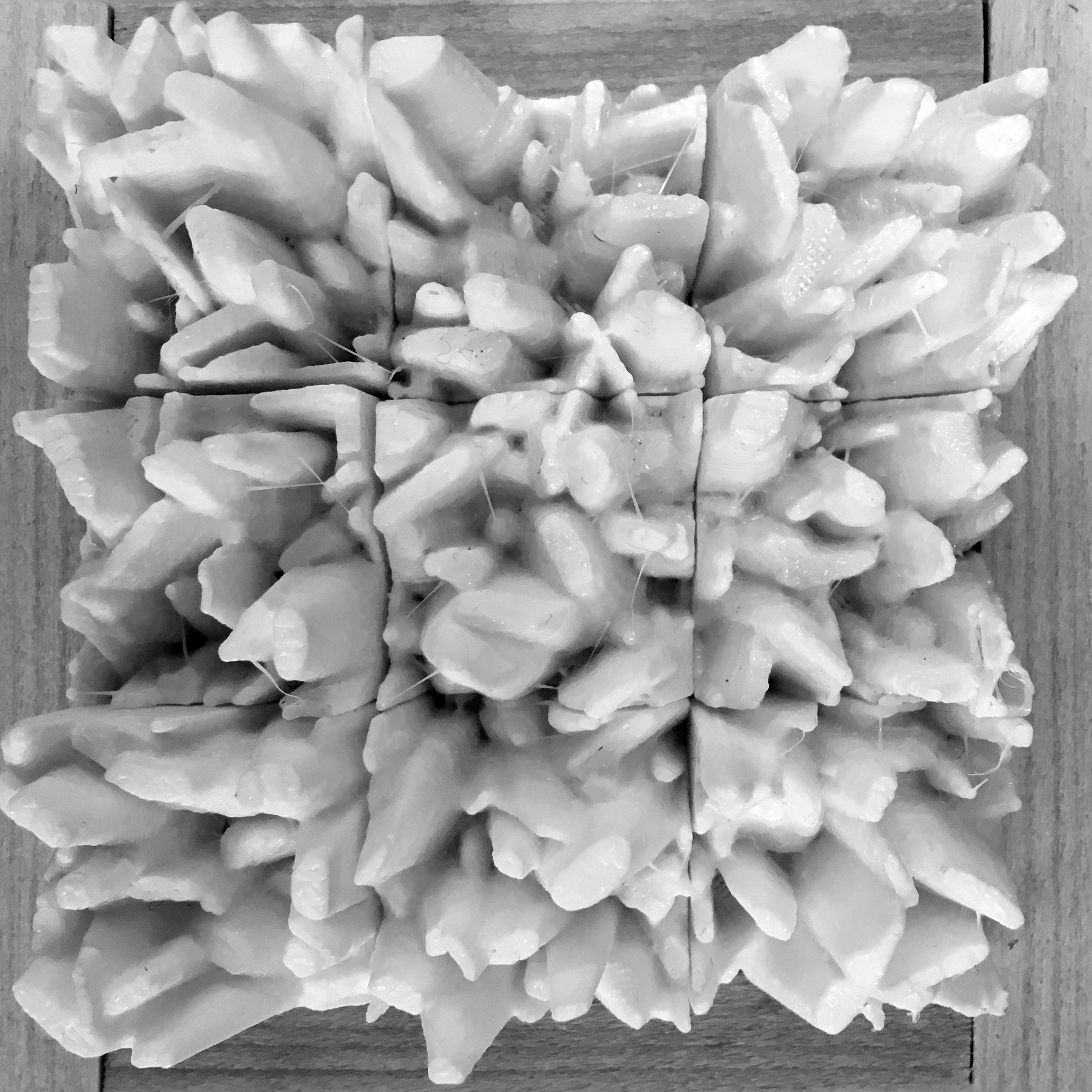Landscape Representation III: Landform and Ecological Process
“Landscape Representation III” examines the relationship between terrain and the landscape it supports and engenders. It aspires to explore and challenge the representational conventions of land-forming, and support a landscape architecture design process that posits the landscape as a relational assemblage. It explores a description of the making of landform through its inherent material performance in relationship to ecological processes that describe its connectability to the ordering and making of the landscape that is a reciprocation of forces between itself and its context at specific scales.
Measures of time will be utilized to describe and design the landscape through a comparison of sequence and event, and their intervals, rates, and duration in relationship to spatial forces and flows. Time infuses the material reality of the landscape through states of formation: from those that signify stability, through sequences that are predictable and observable processes of change, to those that are uncertain and instantaneous.
Representation is approached as an activity of thinking and making in which knowledge is generated through the work. This facilitates an iterative process of reflection in action, enabling testing in which new knowledge informs subsequent design decisions.
The course will introduce methods of associative and generative modelling, and quantitative and qualitative analysis visualized through multiple forms of media. These are decision-making models conceived to imbue interaction between evidence-based variables and design input.
Precedent studies will accompany an engagement in digital media with fluid transitions between documentation and speculation, 2-D and 3-D, static and dynamic, illustrating time-based processes.
Lectures and lab exercises will provide the foundation for exploration and discussion and exposure to a set of digital techniques for analyzing and generating landform processes to advance technical and conceptual ability as well as to provide a point of departure for an in-depth awareness of landscape precedents and representational techniques.
Projects
-

Return to Pleasant Island: A study of Nauru Island
Rosalea Monacella and Craig Douglas, Instructors
Fall 2018